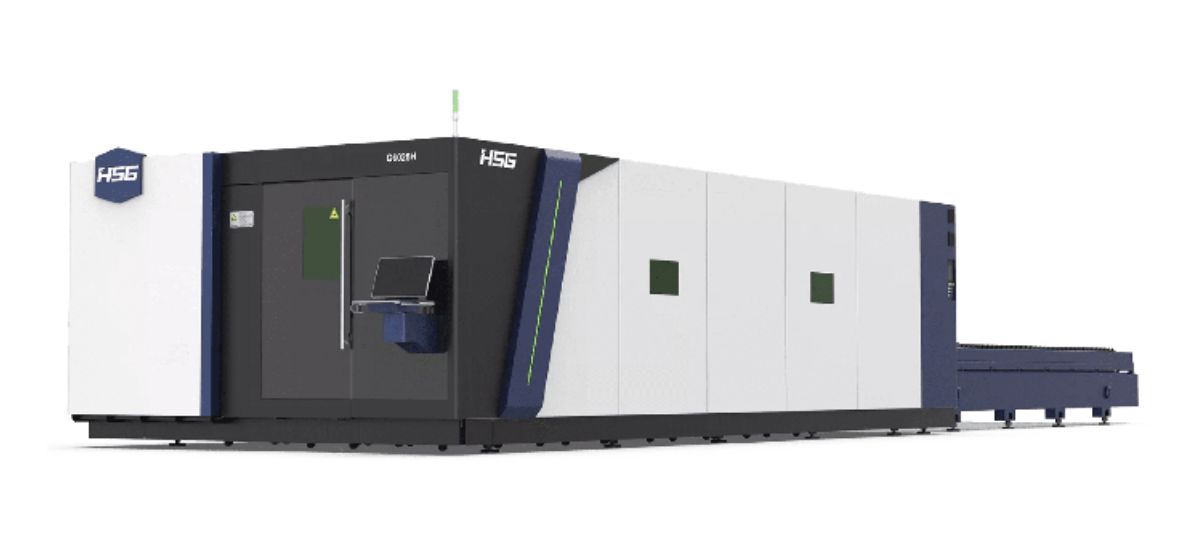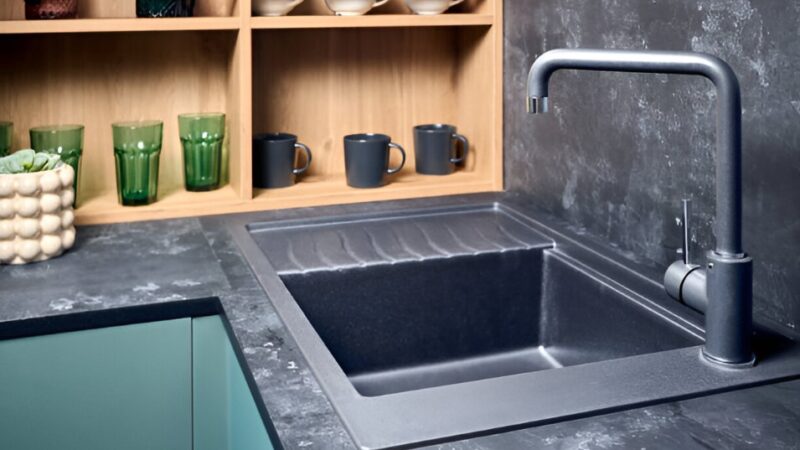The Role of CAD/CAM Software in Optimizing Laser Cutting Processes

Laser cutters have played an undeniable role in increasing productivity and improving the deliverables. It not only produces higher efficiency in the cuts when compared to other techniques but also works at a lightning speed. However, despite having so many benefits, conventional laser cutters did lack in one aspect and that’s accuracy and precision. It’s primarily due to the complete dependency on manual operations of the machine parts for achieving the desired cuts or etching the designs.
To resolve these bottlenecks, modern laser cutting machine units are equipped with a CAD/CAM software combination. These facilitate automation, reduce production delays, and minimize material damage due to erroneous cuts. On top of everything, they allow manufacturers to achieve the highest level of precision and accuracy. Since CAD/CAM software has become indispensable in laser cutting, we have prepared a guide below to help you understand its role.
A brief introduction to CAD/CAM software
Understanding the basics of CAD/CAM software is imperative before using a laser cutter machine equipped with the same. So, below we have briefly explained what these technologies are.
- CAD: Also known as Computer Aided Design software, it allows professionals to create a rough draft of the design they want to produce. It supports both 2D and 3D formats, thereby allowing designers to focus on minute details that would otherwise be difficult to achieve through manual handwork art.
- CAM: Going by the name of Computer Aided Manufacturing software, it is responsible for converting the 2D or 3D design done through the CAD program into a set of instructions. These instructions are then used to guide the laser cutting machine for creating the desired cuts in the concerned workpiece.
Symbiotic working of CAD/CAM software in laser cutting
Although the functionalities of the CAD/CAM software programs are different from one another, they are used in conjunction to achieve the perfect design or cuts in the workpiece. So, knowing about the working process of these programs is essential before you invest in a laser cutting machine powered by the CAD/CAM software program.
-
Design phase
At the very beginning, professionals create a rough draft of the cut design they want to achieve in the workpiece by leveraging the CAD tool. Several parameters need to be defined in the design phase, like the cut length and width, precise angle measurements, hole positioning, and many more. It is done to ensure the final products can have the exact design as per the project requirement without any integrity or quality issue.
-
CAD to CAM translation
Once the CAD software produces the design, it is fed as an input to the CAM software. It further interprets the design and translates it into the set of guide instructions for the laser cutter machine. This is the most crucial step since the design has to be converted into machine-level instructions for enhancing the accuracy and precision levels in the final products.
-
Toolpath generation
Considering the three most important variables, namely material thickness, desired level of precision, and cutting speed, the CAM software generates a feasible and practical toolpath. It is nothing but the set of instructions defined to control the movement of the laser cutting parts for creating the design in the workpiece.
-
Nesting
Since sustainability has become a concern in today’s world, the CAM software is empowered with nesting abilities. In other words, the software determines the material utilization levels and the waste to be generated. To ensure that these metrics are optimized appropriately, the CAM software nests multiple workpieces into a single sheet or tube and proceeds with the cutting process.
-
Simulation and verification
Before the actual cutting process commences, professionals use the CAM software to create simulations. This allows them to verify if the entire process can be executed as per the plans with no collision or error in the final workpiece.
-
Post-processing
Once the simulation process is over, the CAM software will create the G-codes. These are machine-level instructions that the laser cutters deduce further to control the movement of the parts while creating the cuts or etching the designs on the workpiece.
How can CAD/CAM software boost the laser cutting process?
Now that you are aware of the working process of the CAD/CAM in laser cutting, let’s have a brief look into the benefits of using this software combination.
- The software ensures the laser cutting machine follows the exact measurements and other parameters defined during the design phase. As a result, the precision and accuracy in the cuts are maintained at optimal levels.
- Since the CAM software implements nesting and generates the most feasible toolpath, material waste is reduced by significant levels.
- One of the major benefits of using the CAD/CAM in laser cutting is the ability to handle complicated cuts and intricate designs which otherwise won’t be feasible through manual operations.
- Thanks to the automated routines, prototyping can be done rapidly, thereby allowing professionals to review their designs and introduce modifications on the go.
Conclusion
With this detailed description, you are aware about the functioning process of the CAD/CAM software in laser cutting. Since precision and accuracy are the two major areas that need to be addressed during manufacturing, investing in such laser cutters is imminent.






